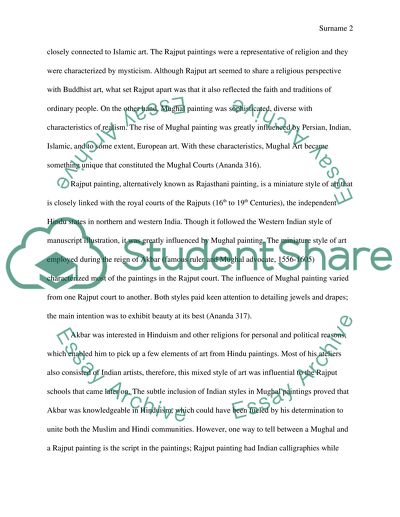Cite this document
(“What characterises the development of portraiture at the Rajput courts Essay”, n.d.)
What characterises the development of portraiture at the Rajput courts Essay. Retrieved from https://studentshare.org/visual-arts-film-studies/1643241-what-characterises-the-development-of-portraiture-at-the-rajput-courts-in-the-17-th-and-18-th-centuries
What characterises the development of portraiture at the Rajput courts Essay. Retrieved from https://studentshare.org/visual-arts-film-studies/1643241-what-characterises-the-development-of-portraiture-at-the-rajput-courts-in-the-17-th-and-18-th-centuries
(What Characterises the Development of Portraiture at the Rajput Courts Essay)
What Characterises the Development of Portraiture at the Rajput Courts Essay. https://studentshare.org/visual-arts-film-studies/1643241-what-characterises-the-development-of-portraiture-at-the-rajput-courts-in-the-17-th-and-18-th-centuries.
What Characterises the Development of Portraiture at the Rajput Courts Essay. https://studentshare.org/visual-arts-film-studies/1643241-what-characterises-the-development-of-portraiture-at-the-rajput-courts-in-the-17-th-and-18-th-centuries.
“What Characterises the Development of Portraiture at the Rajput Courts Essay”, n.d. https://studentshare.org/visual-arts-film-studies/1643241-what-characterises-the-development-of-portraiture-at-the-rajput-courts-in-the-17-th-and-18-th-centuries.


